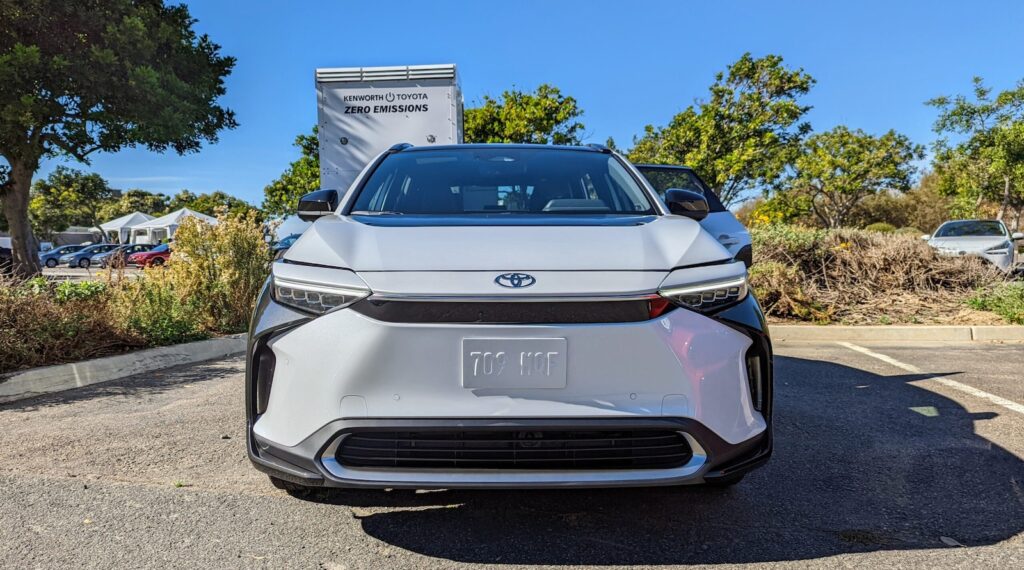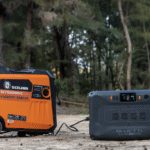Unlocking the Power of Offshore Wind Energy
Offshore wind farms are revolutionizing the energy landscape, with a massive potential to reduce carbon emissions and meet growing global energy demands. Offshore installations are increasingly becoming a crucial component of the renewable energy mix, and their growth is expected to continue. In this article, we’ll delve into the world of offshore wind energy, exploring its benefits, challenges, and future prospects.
What is Offshore Wind Energy?
Offshore wind energy harnesses the power of the wind to generate electricity, typically by installing wind turbines on platforms or foundations in the ocean. This approach allows for the capture of stronger and more consistent winds, resulting in higher energy yields. Offshore wind farms often feature larger turbines than their onshore counterparts, with capacities ranging from 6-12 megawatts or more.
The Benefits of Offshore Wind Energy
Offshore wind energy offers several advantages over traditional onshore installations. These include:
* Higher energy yields due to stronger and more consistent winds
* Reduced visual impact and noise pollution
* Better suitability for large-scale projects
* Opportunities for new infrastructure and job creation in coastal communities
* Potential for carbon savings of up to 80% compared to traditional fossil fuels
Challenges and Solutions
While offshore wind energy is gaining popularity, it’s not without its challenges. Some of the key hurdles include:
* High upfront costs, particularly for installation and maintenance
* Environmental concerns, such as potential impacts on marine life and habitats
* Complexity in navigating permitting and regulatory processes
* Limited grid infrastructure in remote or off-grid areas
To overcome these challenges, the industry is exploring innovative solutions, such as:
* Advanced turbine designs and materials for reduced costs and increased efficiency
* Environmental monitoring and mitigation strategies to minimize impacts
* Streamlined permitting and regulatory processes
* Investment in grid infrastructure and energy storage solutions
The Future of Offshore Wind Energy
As the world continues to transition towards a low-carbon future, offshore wind energy is poised to play a vital role. The industry is expected to grow significantly in the coming years, with:
* Global installed capacity forecast to reach 100 GW by 2025
* Increasing adoption of floating wind turbines, allowing for deployment in deeper waters
* Advancements in turbine design and materials, driving down costs and increasing efficiency
* Greater focus on sustainability, with reduced waste and increased recycling of components
As the energy landscape continues to evolve, offshore wind energy is emerging as a game-changer in the fight against climate change. With its numerous benefits, innovative solutions, and promising future prospects, this clean energy source is set to unlock a new era of sustainable power.




_2.png?w=150&resize=150,150&ssl=1)


